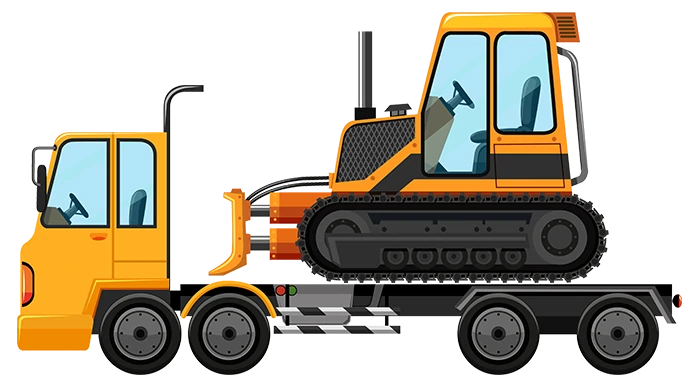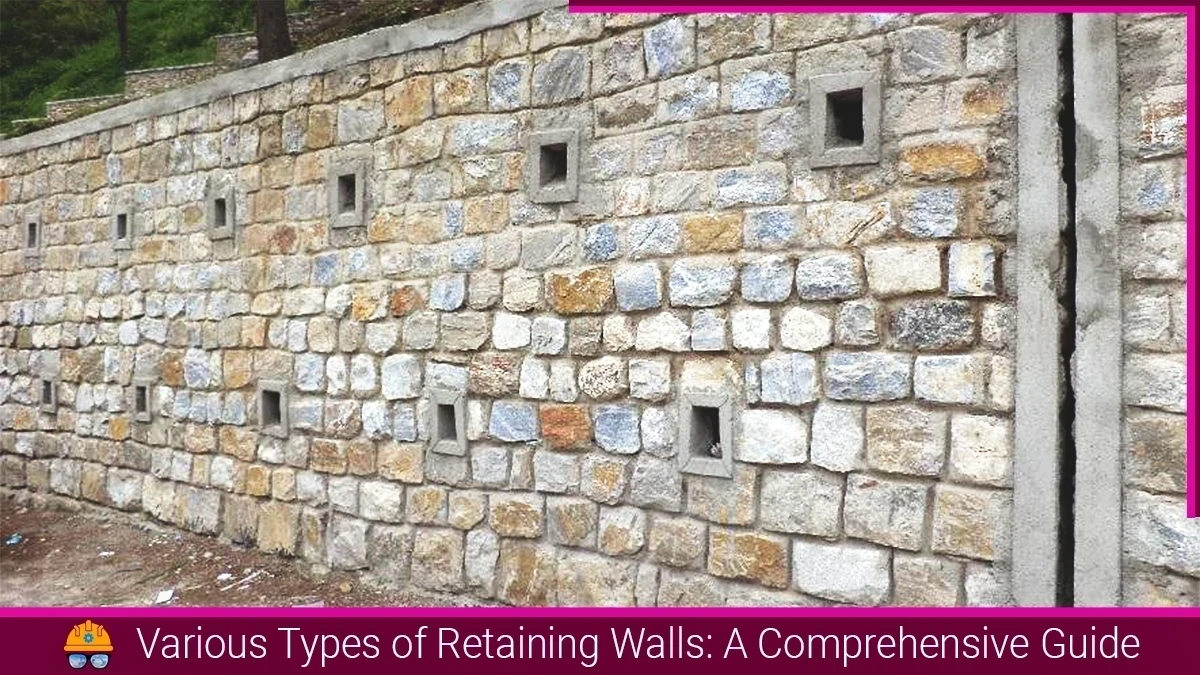Bearing capacity refers to the maximum load that a foundation or soil can support without undergoing excessive settlement or failure. It is a critical parameter in geotechnical engineering and is often determined through various methods, taking into consideration factors such as soil type, foundation geometry, and depth. The bearing capacity is a crucial consideration in designing foundations to ensure they can adequately support the applied loads while maintaining stability and preventing excessive settlement or failure.
Bearing capacity:
The ability of a soil or rock to provide support is termed its bearing capacity. This term is further specified by incorporating qualifying prefixes, as outlined below.
Gross pressure intensity \(( q )\):
The gross pressure intensity \(( q )\) represents the cumulative pressure at the base of the footing, encompassing the total load from the superstructure, the self-weight of the footing itself, and the additional load from any earth fill, if present.
Net pressure intensity \(( q_n )\).
It is defined as the excess pressure or the difference in intensities of the gross pressure after the construction of the structure and the original overburden pressure. Thus, if D is the depth of footing
\( q_{\mathit n}\mathit=\mathit\;q\mathit-\gamma D \)
where \( \gamma \) is the average unit weight of soil above the foundation base.
Ultimate bearing capacity \(( q_u )\):
The ultimate bearing capacity is characterized as the gross pressure intensity at the base of the foundation, marking the point at which the soil undergoes shear failure.
When the term “bearing capacity” is utilized without any prefix, it is implied to be the ultimate bearing capacity.
Net ultimate bearing capacity \(( q_{\mathit n\mathit u} )\):
It is the minimum net pressure intensity causing shear failure of soil. The ultimate bearing capacity \(( q_u )\) and the net ultimate capacity are evidently connected by the following relation:
\( q_{\mathit u}\mathit=\mathit\;q_{\mathit n\mathit u}\mathit\;\mathit+\mathit\;\gamma D \)
\( q_{\mathit u}\mathit=\mathit\;q_{\mathit n\mathit u}\mathit\;\mathit-\mathit\;\gamma D \)
Where \( \overset-\sigma \) is the effective surcharge at the base level of the foundation.
Net safe bearing capacity \(( q_{ns} )\):
The net safe bearing capacity is the net ultimate bearing capacity divided by a factor of safety \(( F )\)
\( q_{ns}\;=\;\frac{q_{nu}}F \)
Safe bearing capacity \(( q_s )\):
The maximum pressure that the soil can carry safely without risk of shear failure is called the safe bearing capacity. The
factor of safety in foundation may range from 2 to 5, depending upon the importance of the structure, and the soil profile at the site. The factor of safety should be applied to the net ultimate bearing capacity and the surcharge pressure due to the depth of the foundation should then be added to get the safe bearing capacity.
Therefore, it is the maximum loading intensity that can be applied to the soil without the possibility of shear failure, regardless of any settlement that may occur.
\( \style{font-family:Tahoma}{q_s\;=\;q_{ns}\;+\;\gamma D\;=\;\frac{q_{nu}}F\;+\;\gamma D} \)
Sometimes, the safe bearing capacity is also referred to as the ultimate bearing capacity \( q_u \) divided by a factor of safety \( F \).
Allowable bearing pressure \(( q_a )\):
It represents the net loading intensity at which the soil avoids both shear failure and excessive settlement that could be detrimental to the structure.
Also, read: Understanding Lateral Earth Pressure
Criteria for the Determination of Bearing Capacity
The criteria used to assess the bearing capacity of a foundation are established according to the stability requirements for the foundation. These requirements can be outlined as follows:
- Shear strength criterion: Failure mechanisms such as shear failure of the foundation, also referred to as bearing capacity failure, must be avoided. This pertains to the plastic flow of soil material beneath the foundation and the lateral expulsion of soil from underneath the footing of the foundation.
- Settlement criterion: The expected settlements, both differential and total, for the foundation must be constrained to safe, tolerable, or acceptable levels. In essence, the projected settlement under the applied pressure on the foundation should not pose a risk to the stability of the overall structure.
Factors Affecting Soil Bearing Capacity
It is governed by several factors. The following are some of the more important ones which affect bearing capacity:
- Nature of soil and its physical and engineering properties;
- Nature of the foundation and other details such as the size, shape, depth below the ground surface and rigidity of the structure;
- Total and differential settlements that the structure can withstand without functional failure;
- Location of the groundwater table relative to the level of the foundation; and
- Initial stresses, if any.
Methods of Determining Bearing Capacity
The following methods are available for the determination of the bearing capacity of a foundation:
- Bearing capacity tables in various building codes
- Analytical methods
- Plate bearing tests
- Penetration tests
- Model tests and prototype tests
- Laboratory tests
Bearing Capacity of Strip Foundation
A crucial challenge in foundation engineering involves calculating the maximum load, known as the bearing capacity, for a strip foundation. This refers to an extended foundation of consistent width situated at a specific depth beneath the soil surface. The impact of the foundation’s depth is factored in by incorporating a surcharge at the foundation level, both to the left and right of the applied load.
Also, read: Soil Classification: Backbone Of Soil Mechanics
FAQs:
Q: Why is soil bearing capacity important in construction?
Ans: It is crucial in determining the foundation design of structures. If the bearing capacity is insufficient, it can lead to settlement issues, compromising the stability and safety of the structure.
Q: How is soil bearing capacity measured?
Ans: Soil bearing capacity is determined through various methods, including standard penetration tests, cone penetration tests, and plate load tests. These tests help assess the soil’s ability to support loads.
Q: What factors influence soil bearing capacity?
Ans: Factors include soil type, moisture content, compaction, depth of foundation, and the presence of any adjacent loads. Different soils have varying capacities to support loads.
Q: How does soil type affect bearing capacity?
Ans: Cohesive soils (clay) generally have a higher bearing capacity than cohesionless soils (sand). However, the presence of water can significantly affect the bearing capacity of both soil types.
Q: How does the depth of the foundation impact bearing capacity?
Ans: The bearing capacity tends to increase with the depth of the foundation. Shallow foundations may experience lower bearing capacity due to the influence of surface layers.
References:
- Punmia, B. C., & Jain, A. K. (2005). Soil mechanics and foundations (17th ed.). Laxmi Publications (P) Ltd. https://www.laxmipublications.com/servlet/lpdispinfo?offset=0&text1=SOIL+MECHANICS+AND+FOUNDATIONS&searchtype=Keywords
- Venkatramaiah, C. (2006). Geotechnical Engineering (3rd ed.). New Age International (P) Limited, Publishers. https://www.newagepublishers.com
![]()






